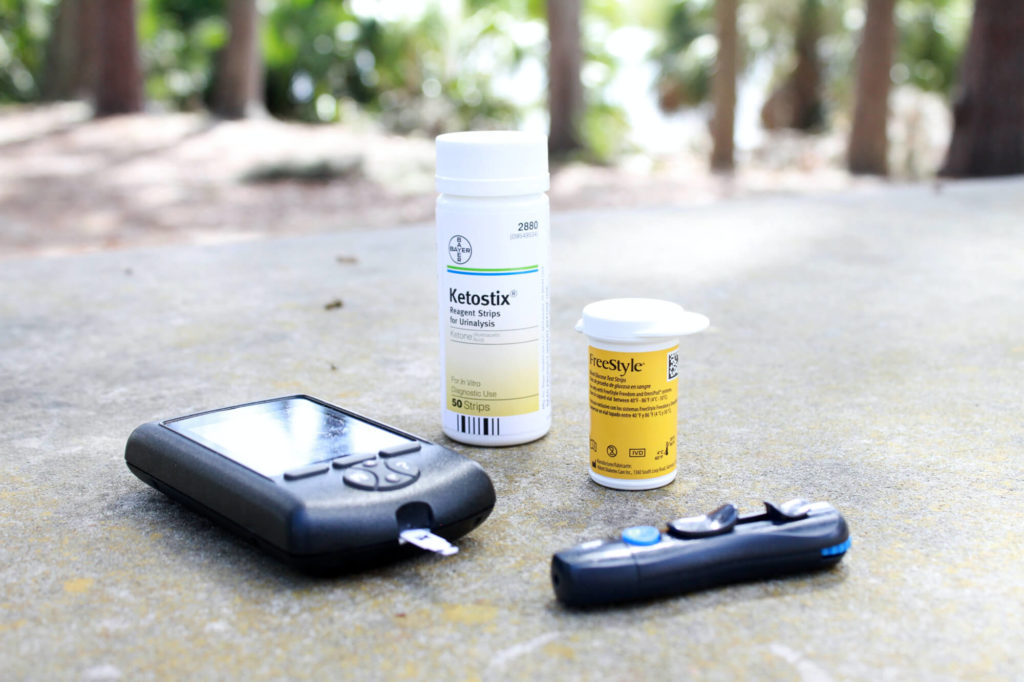Diabetes is a condition that can occur in people of all ages ranging from children to people even above 70 years of age. The condition creates a problem pertaining to the body’s ability to control sugar levels. This occurs due to an inability to produce insulin.
Diabetes can cause various symptoms. Consequently, diabetics may require numerous treatments for them. However, we will have a quick overview of diabetic eye diseases.
What is Diabetic Eye Disease?
Type 1 and Type 2 diabetes cause visual complications in people by damaging the blood vessels in the light-sensitive tissues at the back of the eye (retina).
- Cataracts; lenses in our eyes responsible for sharp vision become cloudy. This leads to blurry and unclear vision. Cataracts often occur in people at earlier ages due to diabetes
- Glaucoma; damage to the optic nerves (nerves connecting eyes to the brain) occurs. This can lead to blindness and severe visual impairment in chronic glaucoma conditions
- Diabetic Retinopathy; symptoms include blurry vision, dark spots in visions, and even loss of central vision. The blood vessels in the rear of the retina leak fluid and impair the vision
- Macular Edema; partial vision loss with the risk of total blindness. The macula (part of the retina) swells and leads to loss of sharp vision
Causes and Symptoms
Diabetic eye disease can occur due to prolonged diabetes conditions. Unstable blood sugar levels, high blood pressure, pregnancy, cholesterol conditions, and tobacco use can cause diabetic eye diseases. Nevertheless, you can reduce the risk of chronic eye diseases.
- Sugar Levels – Keep monitoring blood sugar levels and blood pressure. Regular measurements and records will help your doctor figure out proper treatments, medications, and other prevention methods
- Monitor cholesterol levels
- Proper Diabetic routine – Manage your physical and mental health. Create a nutritious and healthy diet that corresponds with your diabetic condition along with healthy activities
- Be Attentive – Actively notice any sudden or gradual changes in blood pressure, cholesterol levels, vision, etc. These provide the opportunity to seek early medical care
- Avoid tobacco consumption
Symptoms of Diabetic Eye Diseases
Early symptoms may go unnoticed if you have diabetes. Nonetheless, it is vital to keep an eye on a few symptoms and check for their occurrence.
- Color impairment in vision
- Blurry vision
- Gloomy filaments or spots in your vision (floaters)
- Emptiness in vision
- Loss of central vision
- Partial vision loss
- Total blindness or unstable vision
Consulting a medical professional at early detection paves the way to better results in treatments. However, detection at later stages reduces chances of betterment.
Conclusion
If you or a loved one is suffering from diabetes, it is good to opt for an annual eye test. This will ensure early detection of symptoms, which can allow the initiation of preventative measures and adequate treatment. Moreover, managing diabetes effectively also reduces the chances of developing eye conditions.




